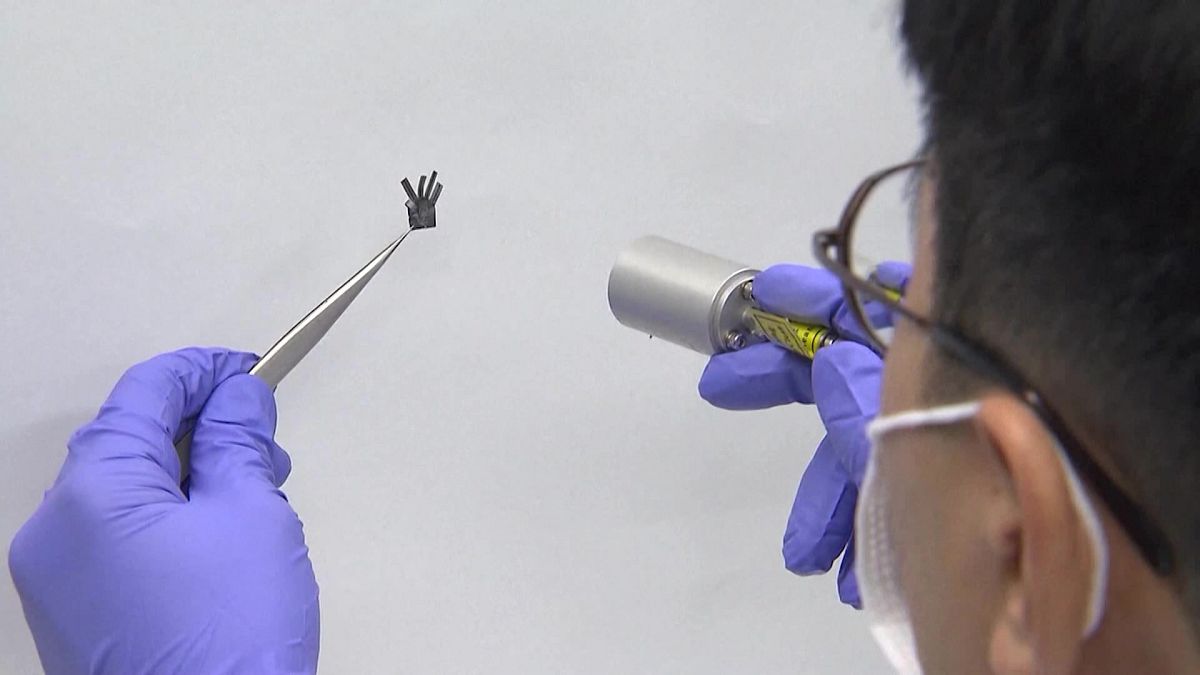A team of researchers at the KAIST has developed a new artificial muscle much stronger and faster than human muscles using graphene-liquid crystal composite fibres.
Scientists have long been trying to devise an artificial muscle that is as flexible as a human one.
However, even the most state-of-the-art mechanical devices haven’t quite emulated the free motions of human muscles.
That is until a team of researchers at the Korean Advanced Institute of Science (KAIST) used graphene-liquid crystal composite fibres to develop an artificial muscle.
The researchers claim the material is the most like a human muscle created so far, explaining that the innovation could happen thanks to the composite.
“Artificial muscles that are being actively developed around the world have excellent physical properties in one or two criteria, but none have the various physical properties necessary to operate as practical artificial muscles,” said Sang-Wook Park, a professor of Materials Science and Engineering at KAIST.
In experiment conditions, the artificial muscle managed to lift a 1 kg dumbbell and proved 17 times stronger strength in comparison to a human muscle.
Emulating human muscle
The artificial muscle can contract in response to temperature changes. The contraction emulates that of a human muscle, according to the researchers.
"When light or heat is applied, the aligned molecule structure starts contracting irregularly, resulting in a motion," said Juntae Kim, researcher at Materials Science and Engineering at KAIST.
They applied the material to an artificial inchworm to see if it could wriggle like a real one.
The significant contraction allowed the artificial inchworm to wriggle just like a real one but at a speed three times faster.
Park believes this invention could expand to robotics and other fields of technology.
"With this research as the starting point, practical artificial muscle materials can be used in the robot industry and various wearable devices, and will also greatly contribute to non-face-to-face science and technology following the 4th industrial revolution," Park said.
The research, 'Human-muscle-inspired single fibre actuator with reversible percolation,' was published in the Nature Technology journal.
For more on this story, watch the video in the media player above.



